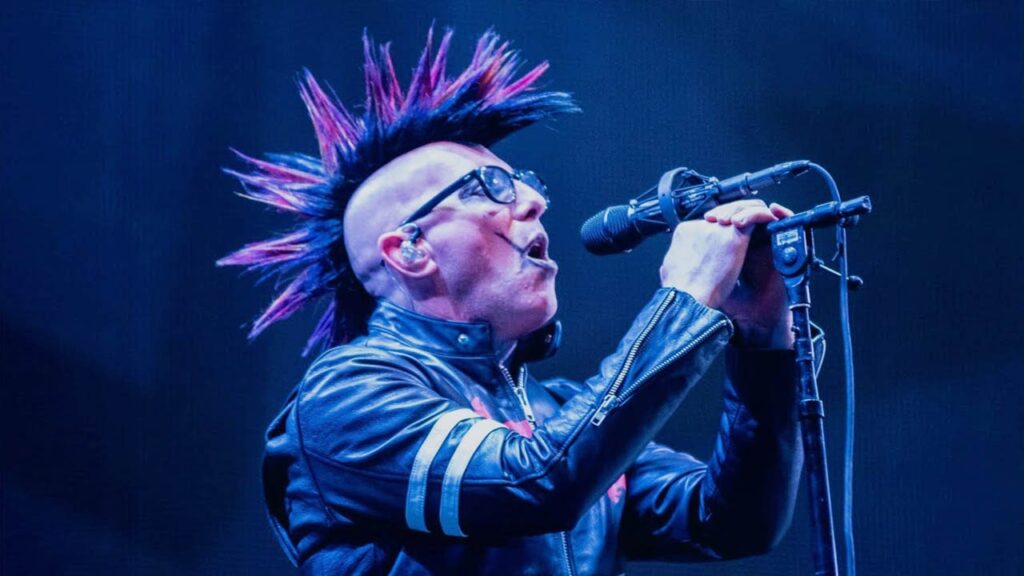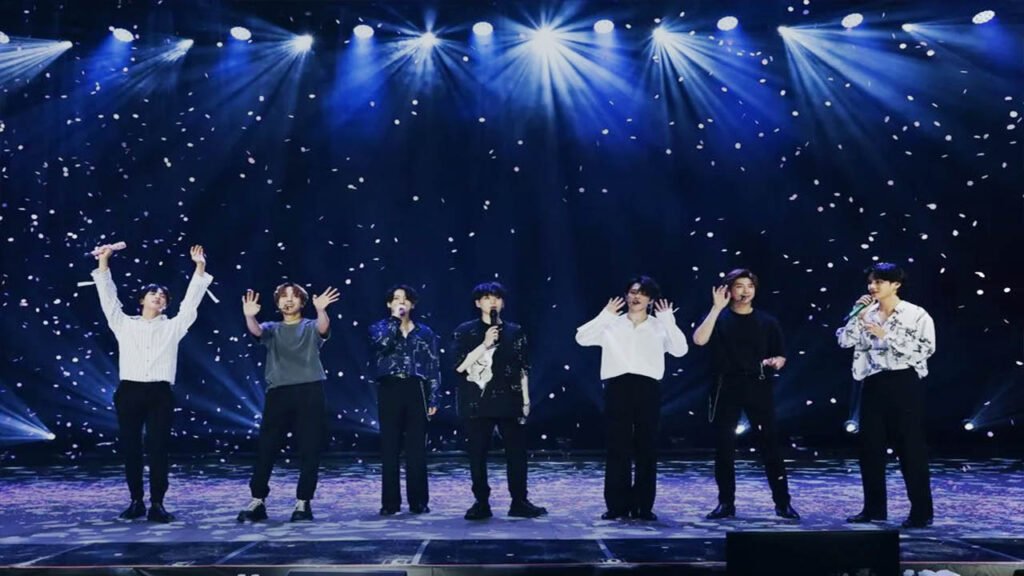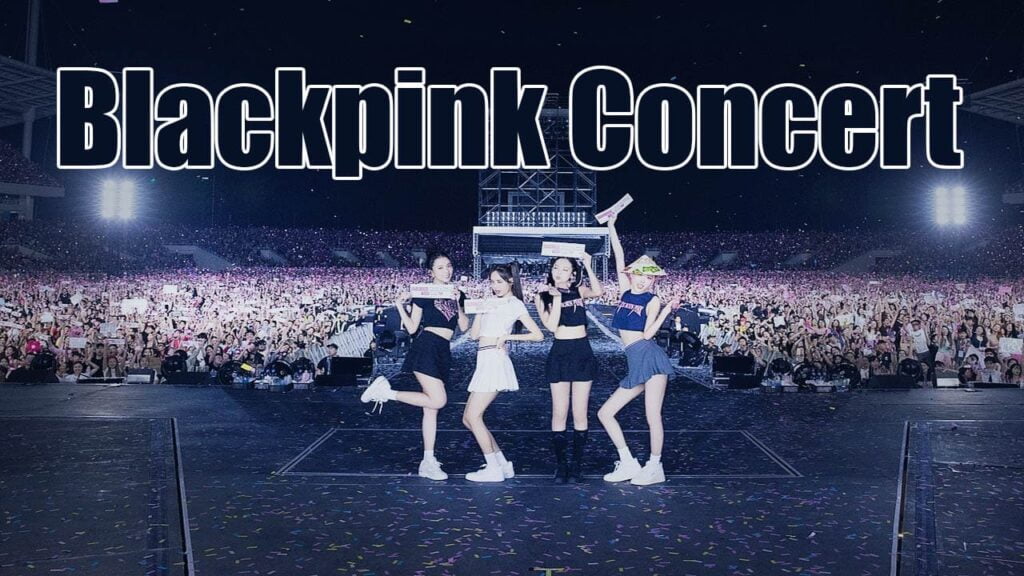Step back in time and immerse yourself in the enchanting world of Renaissance music as we embark on a captivating journey exploring the length of a Renaissance concert. Have you ever wondered how long these musical performances typically lasted? Join us as we delve into the intricate tapestry of sounds and melodies that defined this era of musical artistry. From the lute to the viola da gamba, the Renaissance period was a flourishing time for musical innovation and creativity. Discover the melodies that echoed through grand halls and intimate chambers, and experience the beauty of this timeless music as we unveil the secrets of the length of a Renaissance concert.
Introduction to the Renaissance Period in Music
The Renaissance Period in music, spanning roughly from the 14th to the 17th centuries, was a time of significant evolution and innovation in musical composition and performance. This era witnessed a revival of interest in the arts, culture, and knowledge of antiquity, leading to the development of new musical styles and forms.
The Characteristics of Renaissance Music
Renaissance music is known for its smooth, flowing melodies, clear harmonies, and balanced structures. Composers of this period focused on creating music that was more expressive, emotional, and reflective of human emotions and experiences.
One of the hallmark features of Renaissance music was the use of imitative polyphony, where different voices or instruments echo and imitate each other in a harmonious manner enhancing the overall musical texture.
Instruments of the Renaissance Period
The Renaissance saw the emergence of new musical instruments alongside the refinement of existing ones. Popular instruments of this era included the lute, viola da gamba, harpsichord, and organ. These instruments played a crucial role in shaping the sound and texture of Renaissance music adding depth and richness to the compositions.
- Lute: A popular plucked string instrument with a rich, resonant sound.
- Viola da gamba: A bowed, fretted string instrument known for its warm tone.
- Harpsichord: A keyboard instrument that produces sound by plucking strings with quills.
- Organ: A large, powerful keyboard instrument with pipes that produce sound through air pressure.

Exploring the Characteristics of Renaissance Concerts
Renaissance concerts, a hallmark of the musical era, were known for their rich tapestry of sounds and meticulous attention to detail. Artists of the time, such as Palestrina and Monteverdi, crafted compositions that showcased intricate harmonies and lyrical melodies, captivating audiences with their beauty.
The Length of Renaissance Concerts
Renaissance concerts varied in length based on the occasion and the compositions being performed. Some concerts lasted for hours, showcasing multiple pieces, while others were shorter, focusing on a single composition or theme. The duration was often influenced by the venue and the audience’s preferences, creating an immersive musical experience.
The Instruments Used
Renaissance concerts featured a wide array of musical instruments, including the lute, viola da gamba, harpsichord, and organ. Each instrument added its unique timbre and texture to the overall sound, creating a delightful blend of melodies and harmonies that defined the Renaissance musical style.
The Influence of Renaissance Music on Modern Music
Renaissance music, originating from the 14th to 17th centuries, has had a profound impact on modern music styles and compositions. Its intricate melodies, harmonies, and rhythms continue to inspire musicians across various genres.
Evolution of Musical Instruments
The instruments used during the Renaissance period, such as lutes, viols, and harpsichords, influenced the development of modern-day instruments like guitars, violins, and pianos.
Harmonic Progressions and Chord Structures
Renaissance music introduced complex harmonic progressions and chord structures that are still prevalent in contemporary music, contributing to the rich and diverse soundscapes we hear today.
Duration of a Typical Renaissance Concert
Renaissance concerts were integral to the musical heritage of the time, with durations that varied based on the specific program and setting.
Factors Influencing Duration
The duration of a Renaissance concert depended on factors such as the number of performers, the pieces performed, and the venue’s ambiance.
Typically, a renaissance concert could last anywhere from a couple of hours to half a day, offering a diverse range of musical compositions.
Repertoire and Structure
Renaissance concerts featured a mix of vocal and instrumental pieces, showcasing the era’s rich musical tapestry around the year of the performance.
- Madrigals and motets were commonly part of the repertoire, bringing vocal harmonies to the forefront.
- Instrumental compositions like dances and fantasias added depth to the musical experience.
Factors that Determine the Length of a Renaissance Concert
In the realm of Renaissance music, the duration of a concert is influenced by various factors that come together to create a captivating musical experience.
1. Musical Complexity
The intricacy of the compositions played during a Renaissance concert plays a significant role in determining its length. Pieces with elaborate harmonies and intricate melodies may extend the duration of the performance.
2. Number of Performers
The size of the ensemble or group of musicians involved in the concert can also impact its length. Larger groups may require more time to coordinate and perform, leading to a longer concert duration.
3. Intermissions and Program Structure
Intermissions between musical sets or acts provide audience members with a break and can affect the overall length of the concert. The structure of the program, such as the sequence of pieces and breaks, also plays a role in determining the concert’s duration.
4. Audience Engagement and Interaction
The level of interaction between performers and the audience can influence the pacing of a Renaissance concert. Audience participation in certain performances or dialogues with the musicians may extend the duration of the event.
Comparing Renaissance Concert Length to Other Musical Eras
When exploring the duration of a Renaissance concert, it’s essential to understand how it compares to other musical eras. The Renaissance period, spanning from the 14th to the 17th century, typically featured concerts that varied in length based on the event and venue.
Renaissance Concert Length
Renaissance concerts were known for their intimate settings and diverse compositions, often lasting anywhere from 30 minutes to 2 hours. The focus was on vocal and instrumental pieces that showcased the talents of musicians during that time.
Baroque and Classical Eras
The Baroque and Classical eras that followed the Renaissance introduced longer concert durations. Concerts in these periods could extend to 3 hours or more, highlighting intricate compositions and elaborate performances.
- Baroque concerts emphasized grandeur and complexity, with performances featuring multiple movements and instrumental solos.
- Classical era concerts often included symphonies and sonatas, showcasing the evolution of musical forms and structures.
Romantic and Modern Eras
In the Romantic and Modern eras, concert lengths continued to evolve. Romantic concerts could last over 3 hours, featuring emotionally rich compositions and virtuosic performances.
Modern era concerts vary widely in length, with some contemporary performances lasting less than an hour and others spanning multiple days. These concerts often showcase experimental sounds and innovative approaches to composition.
Frequently Asked Questions
- What is a Renaissance concert?
- A Renaissance concert is a musical performance featuring compositions from the period of the Renaissance, which spanned from the 14th to the 17th century.
- What kind of music is typically performed in a Renaissance concert?
- Renaissance concerts usually feature music composed by notable figures such as Josquin des Prez, Giovanni Pierluigi da Palestrina, and Thomas Tallis, among others.
- How long does a typical Renaissance concert last?
- The length of a Renaissance concert can vary, but they often range from around 60 to 90 minutes, depending on the program and number of pieces performed.
- Are Renaissance concerts performed with period instruments?
- Some Renaissance concerts are indeed performed using period instruments, such as viols, lutes, harpsichords, and sackbuts, to recreate an authentic historical sound.
- Do Renaissance concerts involve vocal performances as well?
- Yes, Renaissance concerts often include both instrumental and vocal performances, showcasing the rich polyphonic choral music that was prominent during the period.
Unlocking the Mystery: Understanding the Duration of a Renaissance Concert
In summary, the length of a Renaissance concert can vary based on multiple factors such as the type of performance, venue, and the specific musical pieces being played. Generally, these concerts can range from 1 to 2 hours, offering a mesmerizing journey through the rich tapestry of Renaissance music. As we immerse ourselves in this musical era, we not only appreciate the beauty of the compositions but also understand the significance of each note played. So next time you attend a Renaissance concert, cherish every moment as you delve into the timeless melodies that echo the creativity and artistry of this historical period.




